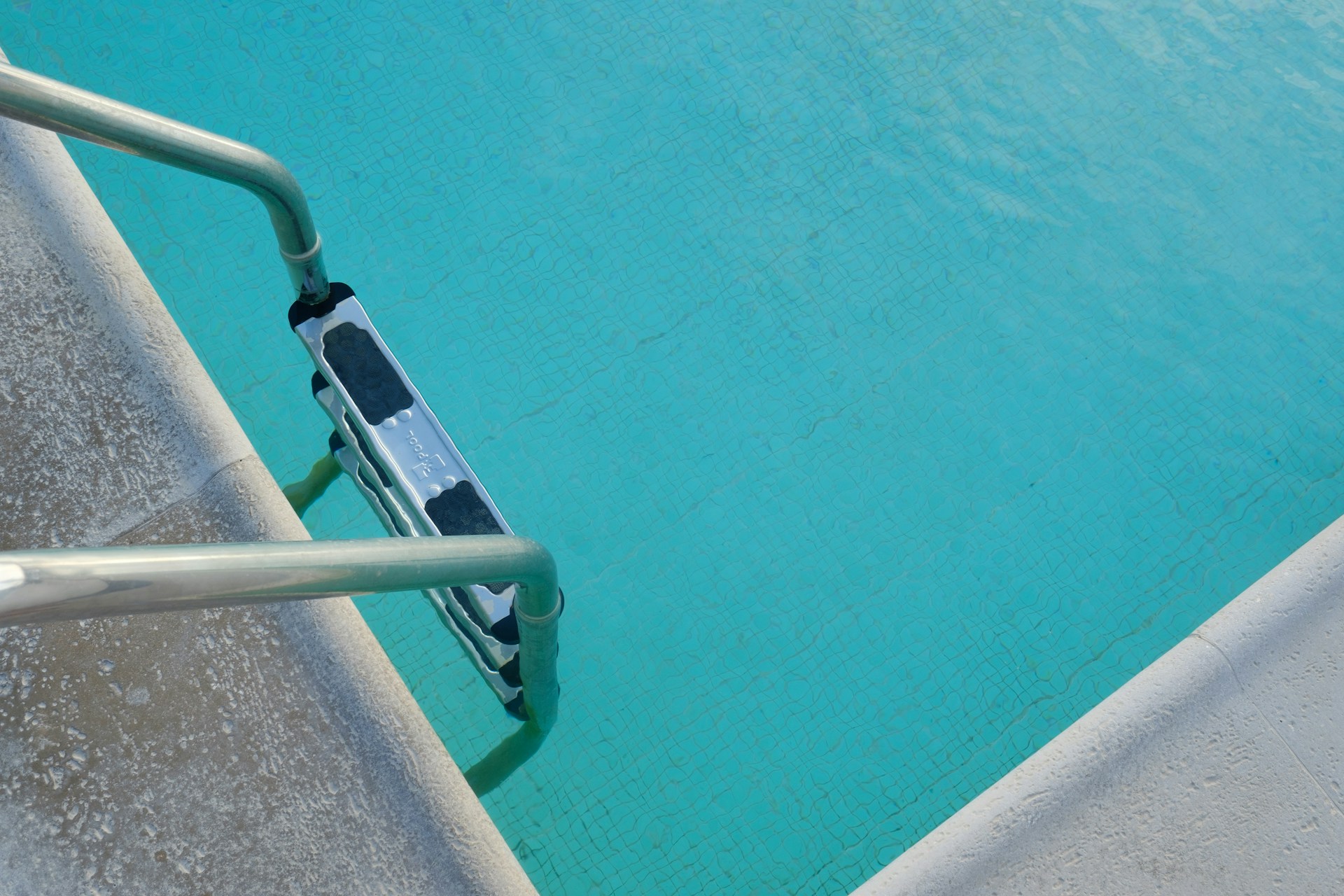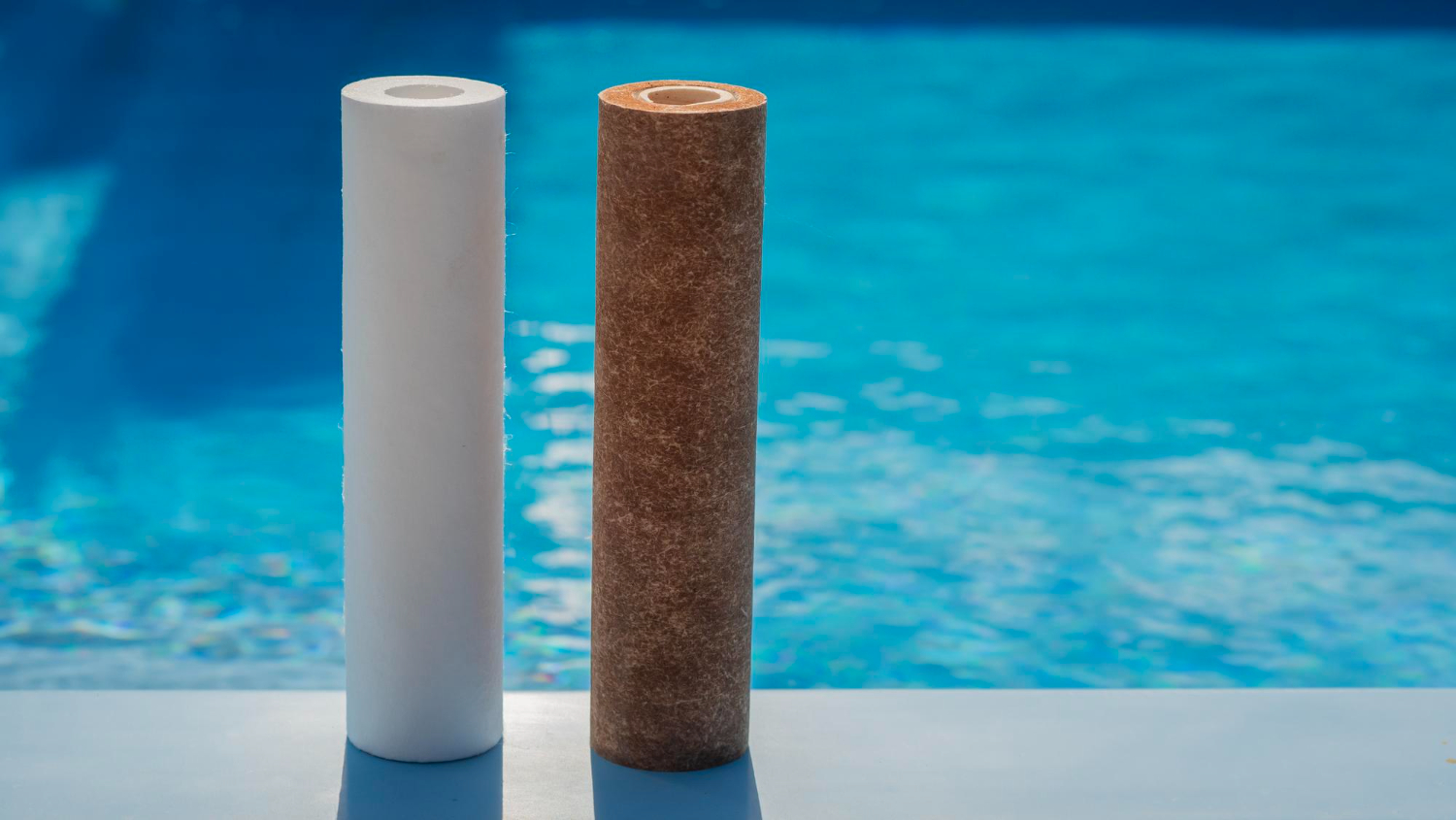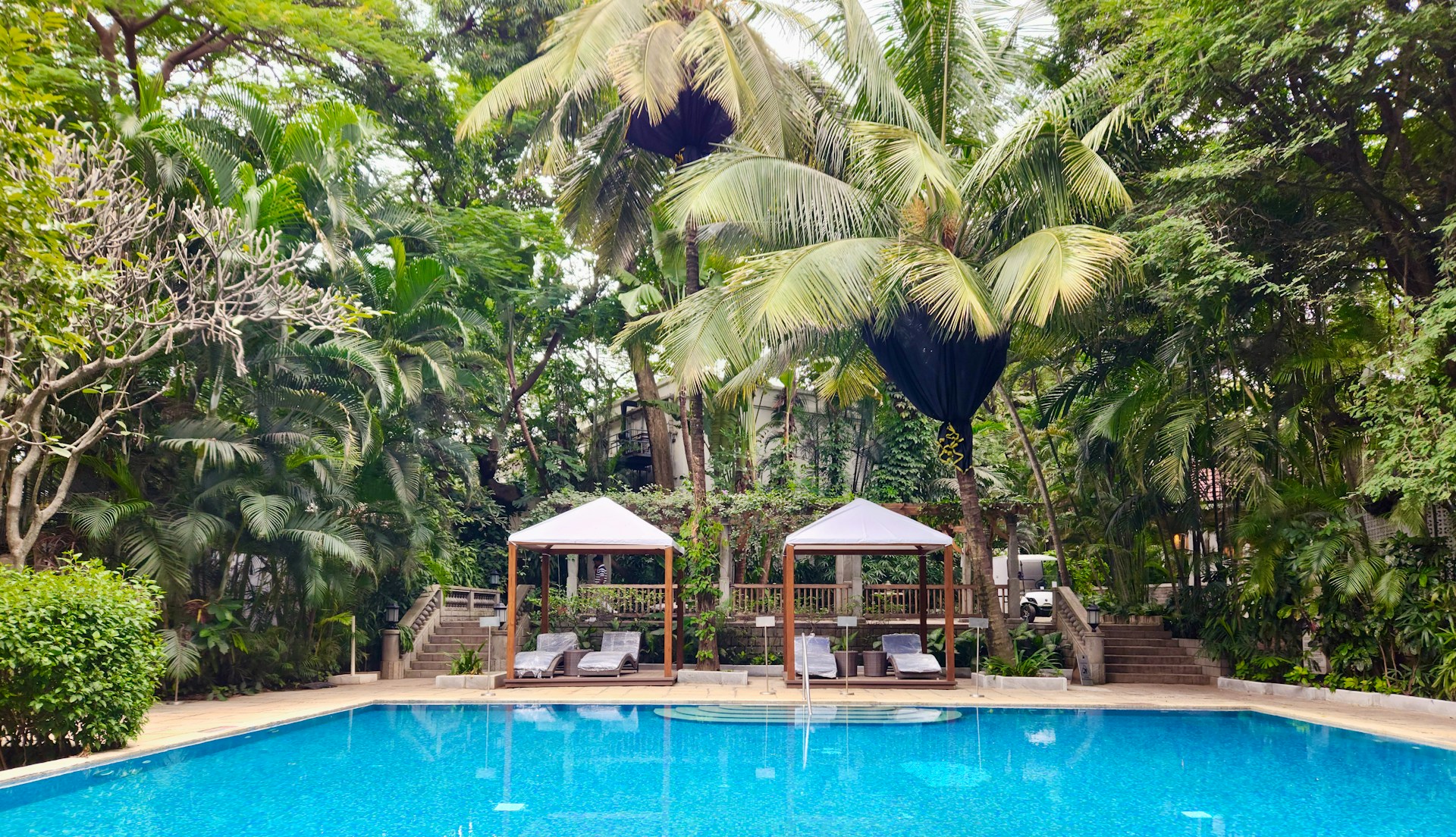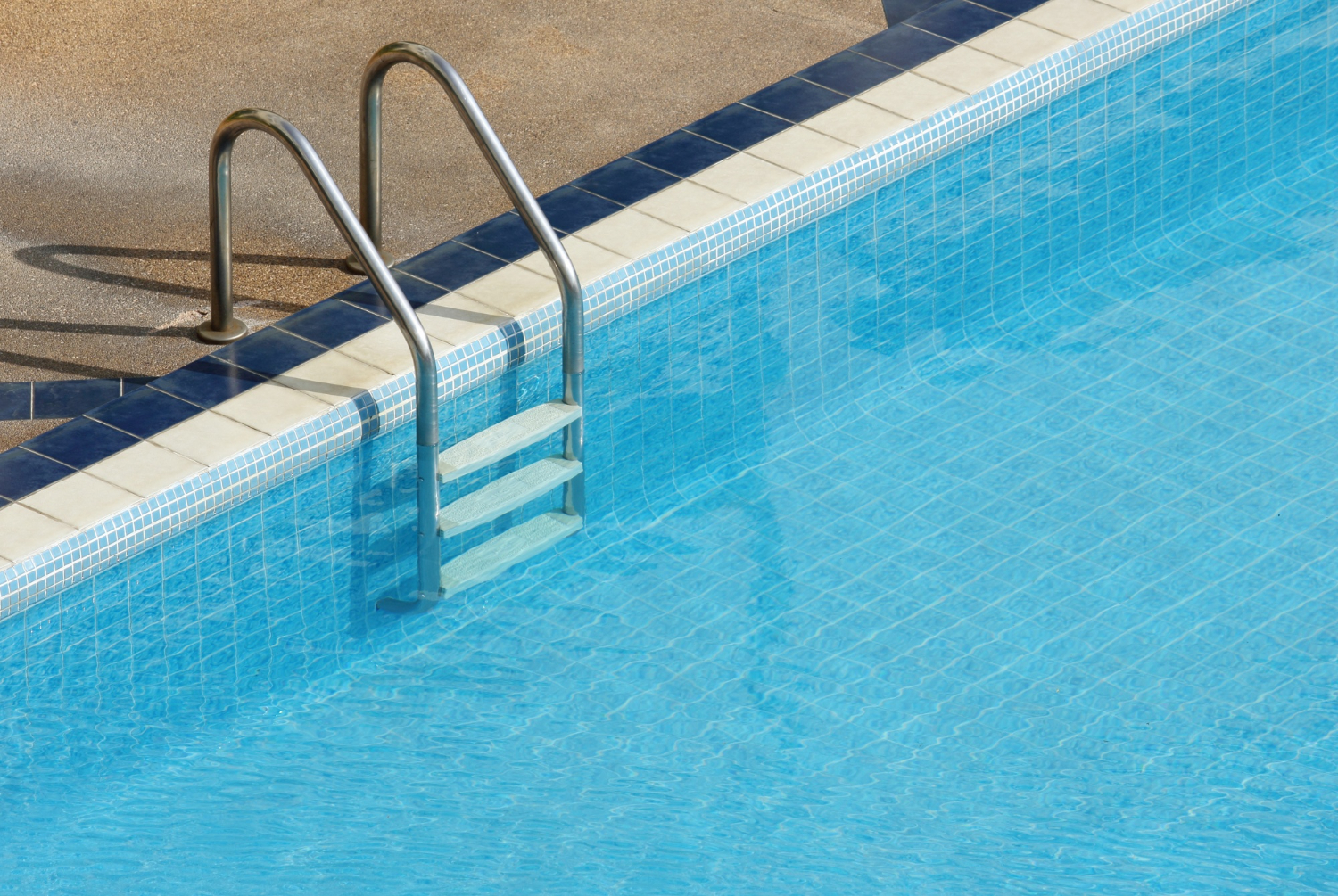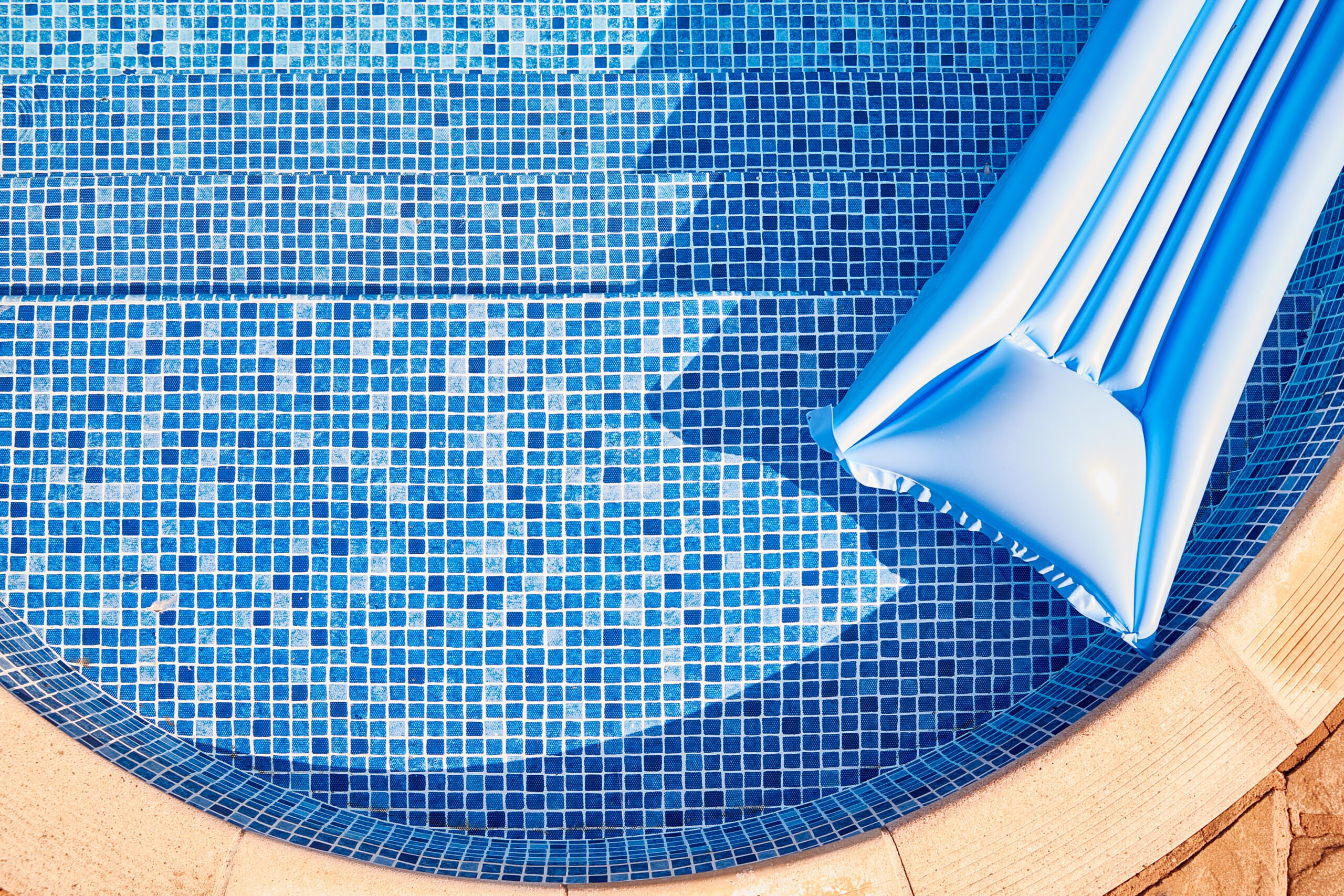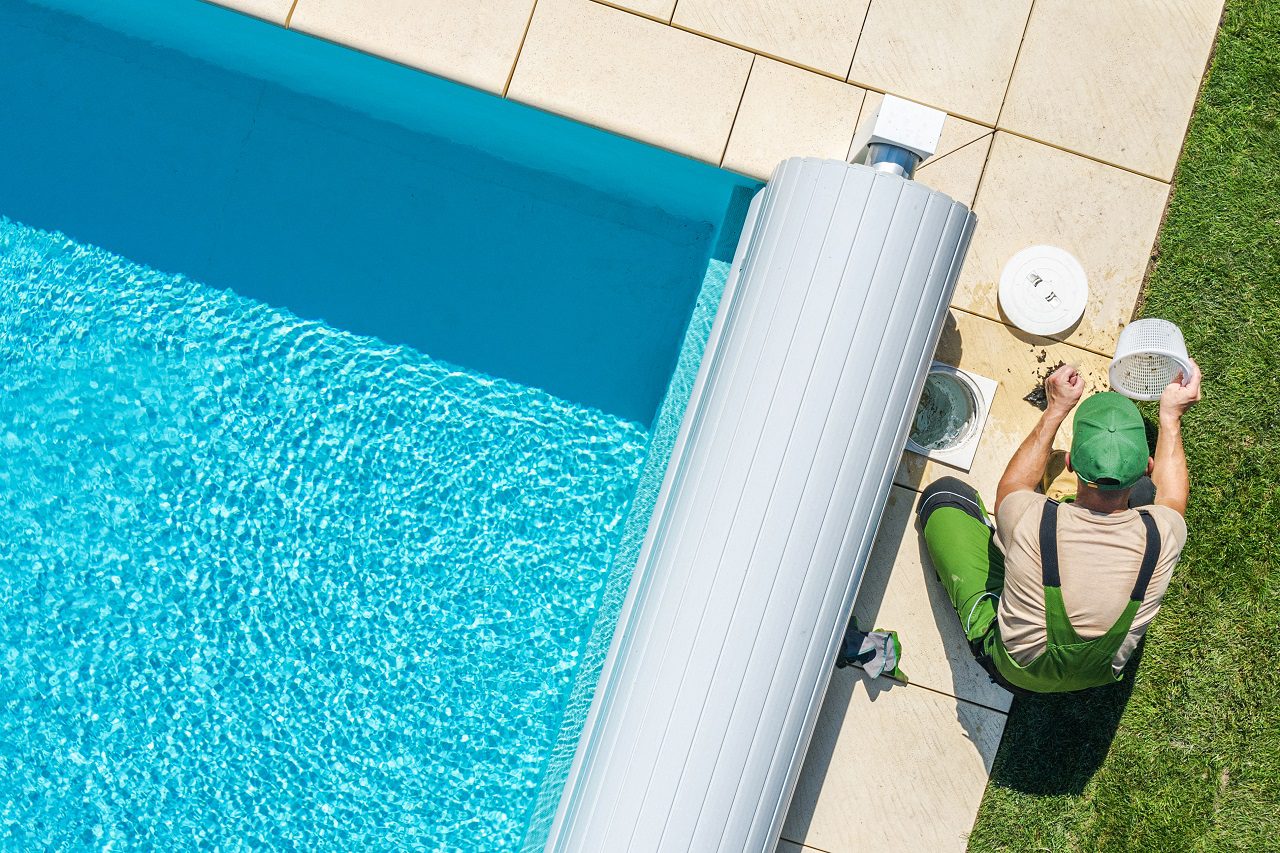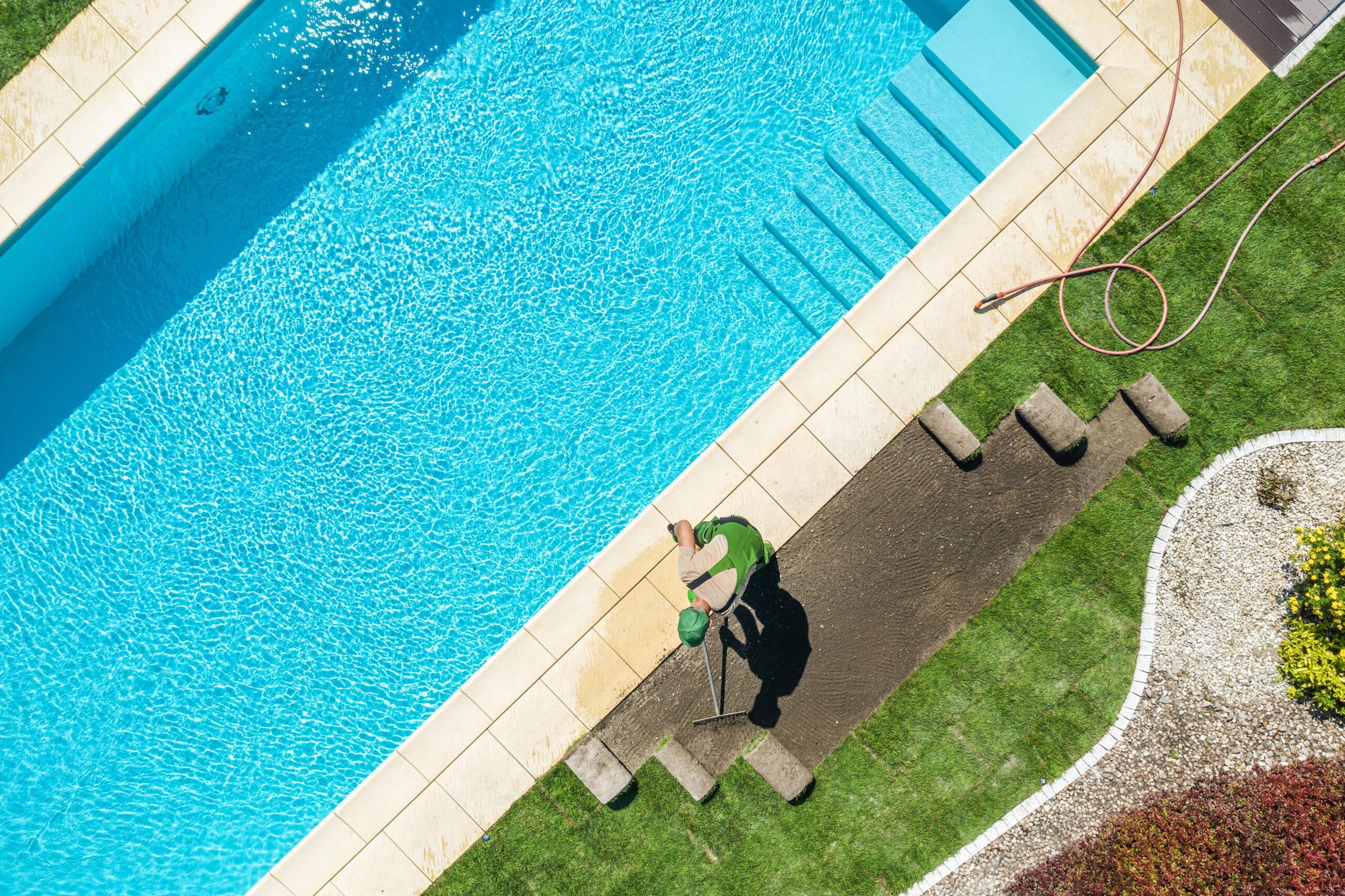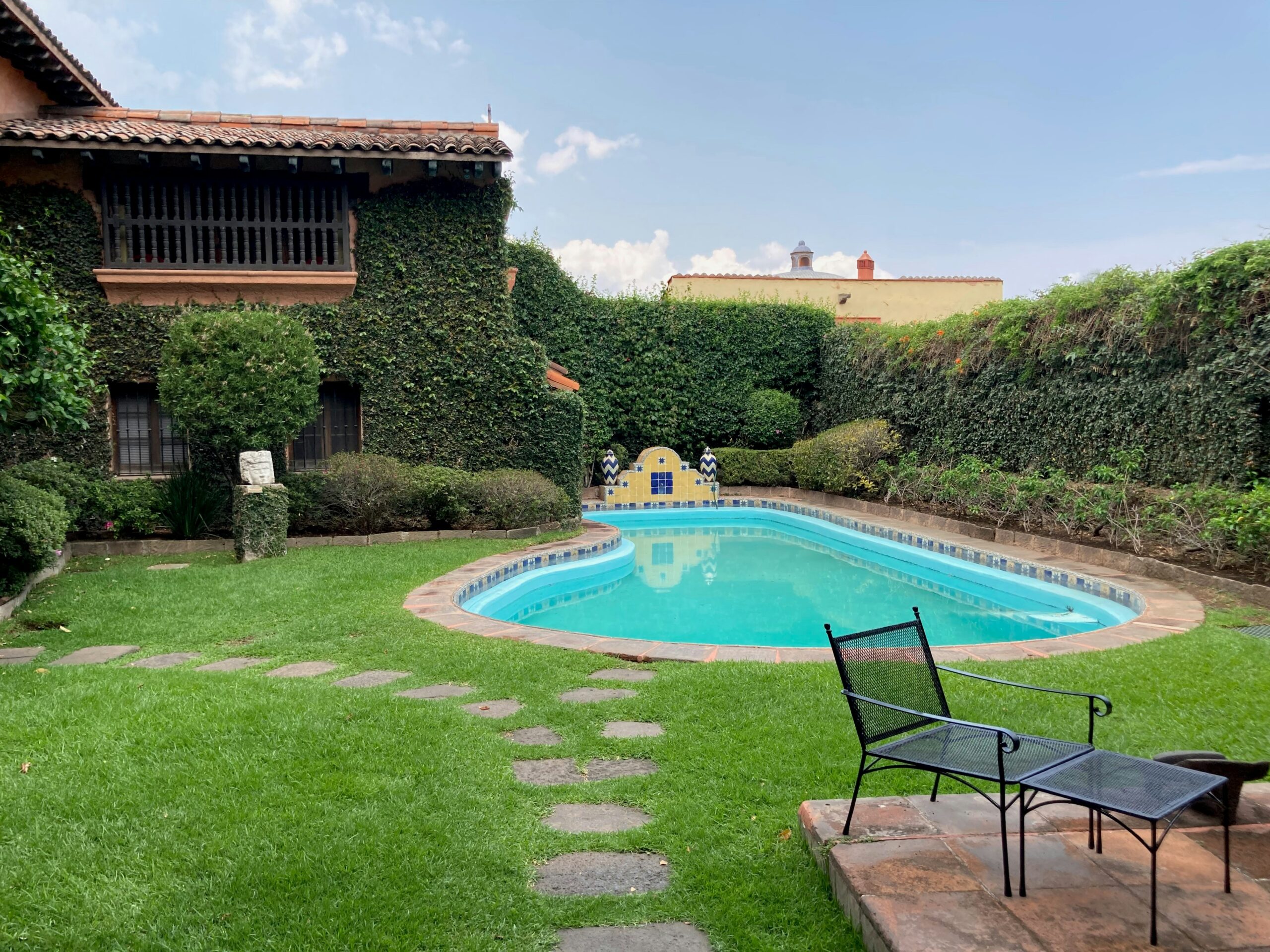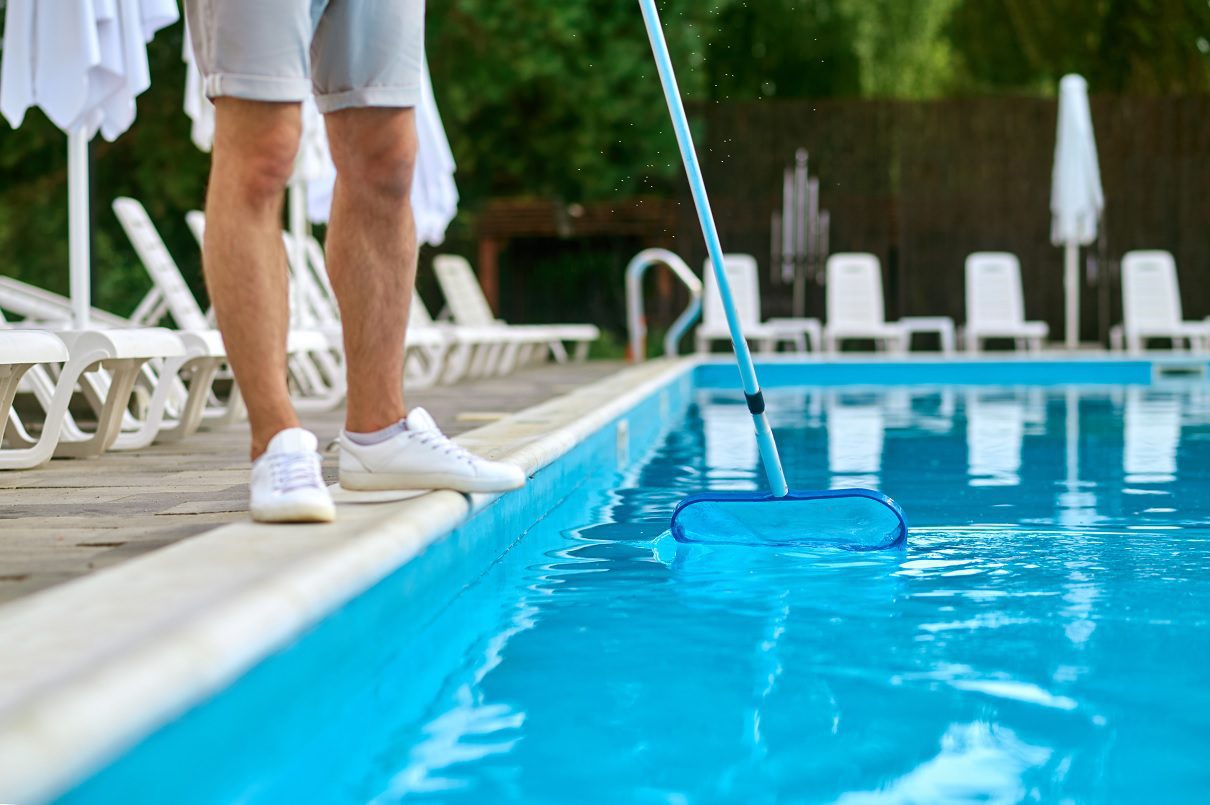As pool owners, we understand the importance of safety, convenience, and the aesthetic value a good ladder can add to our swimming pools. Choosing the right ladder is not just about making your pool accessible; it’s also about ensuring safety for every user, from young children to older adults. Properly selected and installed ladders enhance the functionality and overall experience of using your swimming pool.
In our wide array of pool accessories, ladders rank among the essentials for any pool type, whether it’s above-ground or in-ground. But not all pool ladders are created equal. The variety available serves different needs and pool designs, which can make the selection process seem daunting. However, we’re here to help you understand which options will best suit your pool and personal needs. This discussion will guide you through the various types of pool ladders and their specific benefits, what features you should consider when choosing a ladder, and even provide insights on how to install your new ladder safely and effectively. By focusing on these aspects, we aim to help you make an informed decision that will enhance the safety and enjoyment of your pool.
The Importance of Having a Ladder for Your Swimming Pool
Ensuring safe access in and out of your swimming pool is critical, and this is where having the right ladder comes into play. A pool ladder is not only a safety feature but also an integral part of the overall swimming experience. For families with children or elderly members, a ladder provides essential support and stability, helping to prevent slips and falls. We often find that this simple addition can significantly boost the confidence of swimmers, encouraging more frequent use of the pool.
Moreover, for pool owners who enjoy hosting, ladders facilitate smoother flow of traffic in and out of the water, maintaining a fun and safe environment for everyone. Beyond functionality, ladders also contribute to the aesthetic appeal of your pool, offering sleek designs that enhance the pool’s overall look. Understanding the pivotal role ladders play will help you see why choosing the right one is essential to the enjoyment and safety of your swimming pool.
Different Types of Pool Ladders and Their Benefits
When selecting a ladder for your swimming pool, you have a variety of options, each designed to fit different types of pools and user needs. Here’s a rundown of the most common types of pool ladders and the benefits they offer:
– A-Frame Ladders: Ideal for above-ground pools, A-frame ladders have steps on both sides of the pool. They are portable, easy to install, and perfect for pools without decks.
– Deck Ladders: These are used with pools that have an adjacent deck and feature steps descending into the water from the deck. This type makes for a seamless look and is sturdier than A-frame ladders.
– In-Pool Ladders: Designed for in-ground pools, these are typically made of stainless steel or heavy-duty plastic and are mounted directly into the pool’s side walls. They offer a permanent solution that is both durable and sleek.
– Pool Steps: Offering the greatest stability, pool steps are an excellent choice for those who need extra support. They provide wide, non-slip steps that are easy to climb and are especially suitable for seniors or anyone with mobility issues.
Each type of ladder offers unique advantages depending on your pool type and personal requirements. Assessing these options can help guide you to make a choice that ensures safety, ease of use, and aesthetic harmony with your pool environment.
Key Features to Consider When Choosing a Pool Ladder
When we look for a new pool ladder, we focus on several key features that ensure both safety and compatibility with our specific pool setup. Firstly, material durability is crucial. Ladders made from rust-resistant metals like stainless steel or sturdy plastics can withstand the harsh pool environment and resist weathering. The choice of material also affects the ladder’s longevity and maintenance needs.
Weight capacity is another important aspect. We make sure our ladders can safely support the average weight of pool users. This feature is vital for promoting safety and stability, especially when the pool is used by multiple people or during active pool parties. Additionally, the design of the ladder steps can greatly influence comfort and safety. Steps should be wide enough and equipped with a non-slip surface to prevent accidents, ensuring a safer entry and exit from the pool.
Step-by-Step Guide to Installing Your New Pool Ladder
Installing a pool ladder is straightforward, but it needs precise attention to ensure that it is done safely and correctly. Here’s how we do it:
1. Positioning: First, determine the best location for your ladder. It should be away from skimmers or outlets and positioned on a stable, flat surface to ensure it doesn’t wobble or tilt.
2. Assembly: Before installation, assemble the ladder according to the manufacturer’s instructions. This typically involves attaching the steps to the side rails.
3. Securing: For in-ground pool ladders, secure the ladder to the pool deck using bolts and anchors to ensure it doesn’t shift when in use. For above-ground pools, ensure that the ladder is properly balanced and stable and that its weight capacity is supported by the pool structure.
4. Safety Check: Once installed, do a comprehensive safety check. This includes making sure all bolts are tight and the ladder doesn’t move. Test the weight capacity by gently climbing the first few steps.
Conclusion
In providing these insights, we aim to ensure that every aspect of your pool ladder selection, installation, and use enhances safety and functionality in your backyard oasis. A thoughtfully chosen and well-installed ladder is integral to the swimming experience, conforming not only to practical needs but also complementing the aesthetic of your pool and patio.
Preparing your pool for safe enjoyment doesn’t have to be a daunting task. At Cincinnati Pool and Patio, we offer a variety of pool ladders that meet safety standards and suit different pool styles and user needs. Get your pool supplies in Cincinnati, Ohio, from Cincinnati Pool & Patioand let’s ensure your swimming pool is equipped with the perfect ladder, ready for summer fun and safe, leisurely dips any time of the year.


